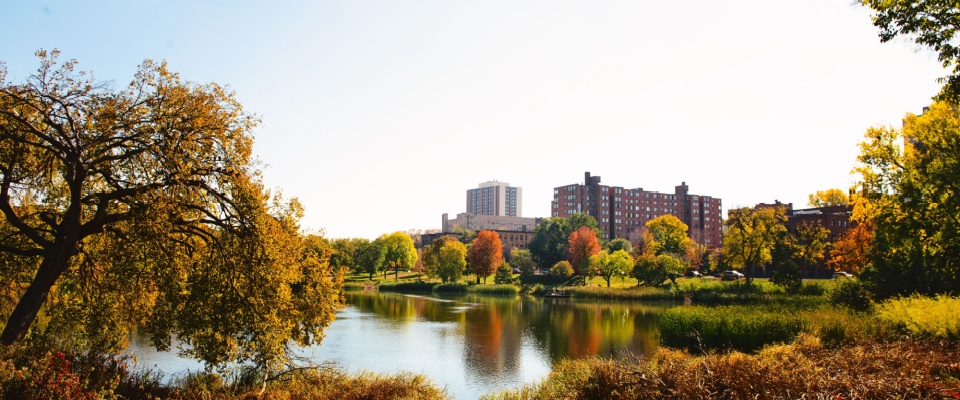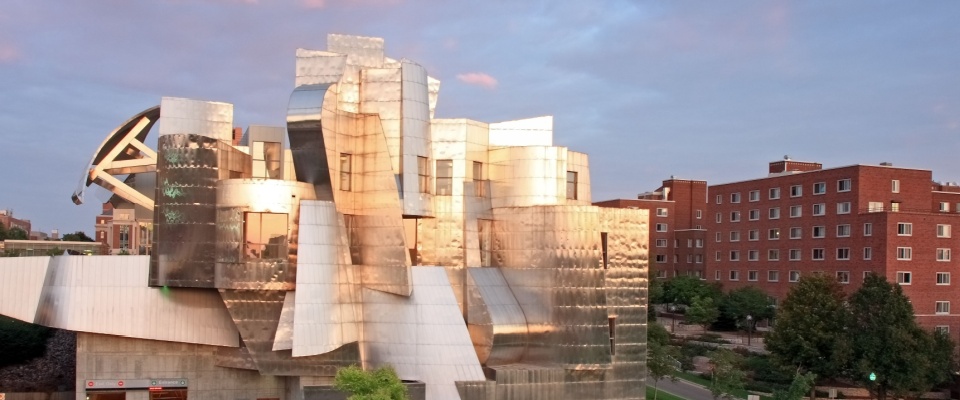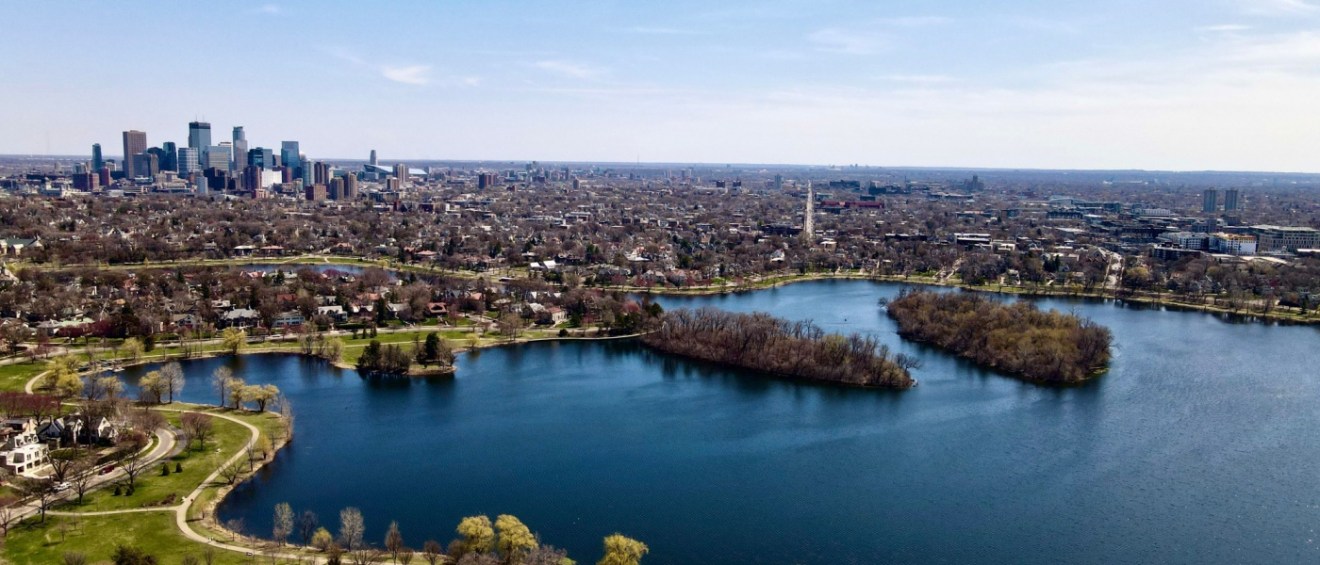Cost of Living in Minneapolis: What Renters Need to Know in 2024
Share this article:
Relocating can be an exciting yet demanding experience for renters, and one of the major factors to consider when moving to another city is the cost of living in your potential new home. This essential budgeting step is a great way to ensure a smoother transition.
Let’s take a closer look at Minneapolis, one of the most sought-after cities for renters — and for good reason: With its rich arts scene, thriving job market, and abundant natural beauty, it’s no wonder that many are drawn to the Twin Cities’ larger half. However, before you start your search for apartments in Minneapolis, take a minute to plan ahead. First, get a good sense of the average cost of living in Minneapolis, and how it compares to both the state and national averages. This will help you budget wisely and determine if Minneapolis is the right fit for your lifestyle and financial goals.
What is the average cost of living in Minneapolis?
If you’re thinking about renting in Minneapolis, it’s important to understand that while the city offers many opportunities, it also comes with its own financial considerations. For example, the median household income in Minneapolis is $76,332, which provides a good baseline for understanding the local economy. Also, the average rent in this Midwestern rental hub is $1,675, below the national benchmark.
That said, the overall cost of living in Minneapolis is 2% lower than the Minnesota average and 6% lower than the national average. This increased affordability is particularly evident in housing costs, where Minneapolis shines with prices 14% more affordable than the U.S. average. Utilities also offer some savings, coming in at about 5% below the national benchmark. These factors contribute significantly to making Minneapolis an attractive option for renters looking to strike a balance between urban living and affordability.
Breaking down the cost of living in Minneapolis: Necessities and indulgences
When it comes to essential expenses, Minneapolis offers a mixed bag of costs that generally trend towards affordability. For example, groceries in Minneapolis are around 1% more affordable than the national average, which can have a noticeable impact on your monthly budget. Furthermore, clothing costs are approximately 5% lower than the U.S. average, offering some relief for renters who love fashion.
Healthcare is an important consideration for anyone looking to relocate, and, in Minneapolis, you can expect to pay slightly more than the national average. Medical services such as doctor check-ups and dental care are about 1% more expensive here compared to the U.S. average. While this difference is minimal, it’s worth factoring into your overall cost of living calculations.
Enjoying Minneapolis on a budget: Entertainment and services
One of the perks of living in Minneapolis is that you can enjoy a high quality of life without breaking the bank. Non-essential expenses such as entertainment and grooming services are actually 5% cheaper in Minneapolis compared to the national average. This means you can indulge in the city’s rich cultural offerings, from its world-class theaters to its numerous music venues, without straining your wallet too much.
Similarly, transportation costs are 3% lower than the national average but actual prices vary depending on your lifestyle and where you live in the city. Minneapolis has an excellent public transportation system, which can help you save money if you don’t need to drive a lot. However, if you do need to drive, keep in mind that gas and parking in the city can be expensive.
Planning your budget: Tips for renters in Minneapolis
When planning your move to Minneapolis, it’s wise to create a detailed budget that includes all your expenses. Here are a few tips to help you manage your finances:
- Do some research on different neighborhoods to find the best balance of rent prices and amenities.
- Think about how close your apartment is to your job. This can help you save money on transportation.
- Take advantage of all the free or affordable things to do in the city.
- Explore local farmers markets and co-ops. You might find cheaper groceries there.
- Don’t forget about seasonal expenses — essential things like winter clothes and heating can get expensive.
Is Minneapolis right for you?
The cost of living in Minneapolis offers a favorable balance for renters seeking an urban lifestyle without the sky-high prices often associated with major cities. With overall costs below both state and national averages, particularly in housing, Minneapolis is a great choice for those looking to make the most of their budget. Whether you’re a young professional starting your career, a family looking for more space, or a retiree seeking an active urban environment, Minneapolis has something for you.
As you consider your move, remember to weigh all aspects of the cost of living in Minneapolis against your personal financial situation and lifestyle preferences. With careful planning and budgeting, you can make the most of what the city has to offer while keeping your expenses in check. So why not take the next step and explore what Minneapolis could mean for you? Your perfect apartment in the City of Lakes might be just waiting to be discovered.
If you’re interested in other Midwestern cities, check out our guide for the cost of living in Detroit. And if you’re looking to relocate in the South, find out more about the cost of living in Atlanta.
Share this article:
Alexandra Both is a senior real estate writer and research analyst with RentCafe. She brings over almost 10 years of real estate writing experience, having served as a senior editor at Commercial Property Executive and Multi-Housing News. A seasoned journalist, Alexandra has worked across print, online, and broadcast media. Her work has been featured in a variety of prominent outlets, including The New York Times, The Guardian, USA Today, and Architectural Digest. She holds a B.A. in Journalism and an M.A. in Community Development.
The Ready Renter has your back
Tips, news, and research curated for renters, straight to your inbox.




Related posts
Subscribe to
The Ready Renter newsletter










